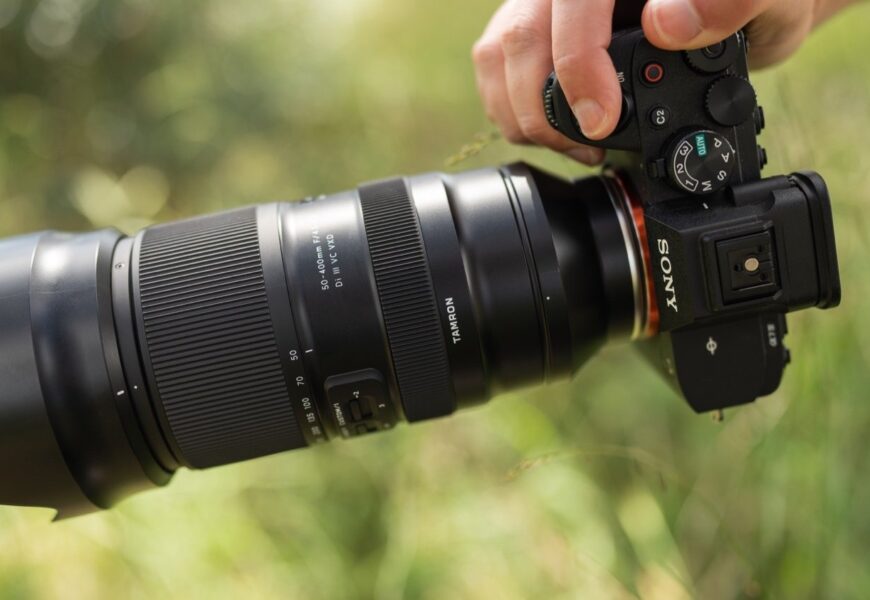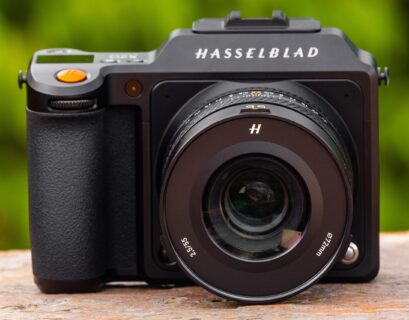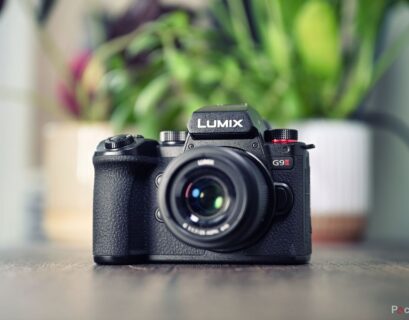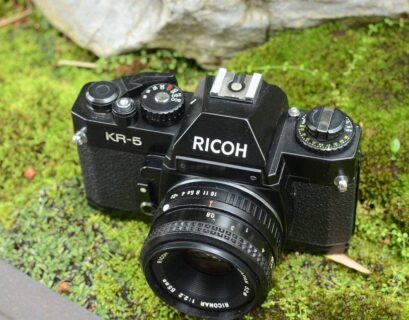As a photography enthusiast, I’ve had the pleasure of working with various camera brands, each with its unique strengths and weaknesses. Among them, Tamron stands out for its commitment to delivering high-quality lenses and cameras that cater to a wide range of photographers. In this review, I’ll delve into the world of Tamron cameras, exploring their features, performance, and overall value.
History and Background
Tamron, a Japanese company, has been in the photography industry for over 70 years. Founded in 1933, the company started as a small optical instrument manufacturer, producing lenses and other optical components. Over the years, Tamron expanded its product line to include cameras, lenses, and other photography-related equipment. Today, Tamron is a well-respected brand in the photography world, renowned for its innovative designs, high-quality products, and commitment to customer satisfaction.
Camera Lineup
Tamron’s camera lineup is diverse, catering to photographers of all levels. From entry-level point-and-shoot cameras to advanced DSLR and mirrorless cameras, Tamron offers a range of options to suit different needs and budgets. Some of the notable camera models include:
- Tamron 18-400mm F/3.5-6.3 Di VC USD G2: A versatile zoom lens with a 22.2x zoom range, ideal for travel, wildlife, and landscape photography.
- Tamron 70-300mm F/4-5.6 Di VC USD: A telephoto zoom lens suitable for portrait, sports, and wildlife photography.
- Tamron 150-600mm F/5-6.3 Di VC USD G2: A high-magnification zoom lens perfect for wildlife, sports, and portrait photography.
- Tamron 18-200mm F/3.5-6.3 Di III-R VC: A compact and lightweight zoom lens designed for everyday photography.
Key Features and Performance
Tamron cameras are known for their exceptional image quality, thanks to their advanced optical designs and proprietary technologies. Some notable features include:
- VC (Vibration Compensation): Tamron’s proprietary image stabilization technology, which helps reduce camera shake and blur.
- USD (Ultrasonic Silent Drive): A quiet and fast autofocus system, ensuring smooth and accurate focusing.
- Di (Digitally Integrated): A proprietary coating technology that reduces flare and ghosting, resulting in improved image quality.
- G2 (Generation 2): An upgraded version of Tamron’s lenses, featuring improved optical designs and enhanced performance.
Pros and Cons
While Tamron cameras have their strengths, they also have some limitations. Here are some pros and cons to consider:
Pros:
- High-quality lenses with excellent optical performance
- Innovative features like VC and USD
- Affordable prices compared to other camera brands
- Wide range of camera models and lenses available
Cons:
- Limited brand recognition compared to other major camera brands
- Some users may find the camera bodies and lenses to be less durable than those from other brands
- Limited availability of Tamron cameras and lenses in some regions
Conclusion
Tamron cameras have earned a reputation for delivering high-quality lenses and cameras that cater to a wide range of photographers. With their innovative features, excellent optical performance, and affordable prices, Tamron is an excellent choice for photographers of all levels. While they may not have the same level of brand recognition as some other major camera brands, Tamron’s commitment to quality and customer satisfaction makes them a reliable option for photographers seeking high-quality equipment.










